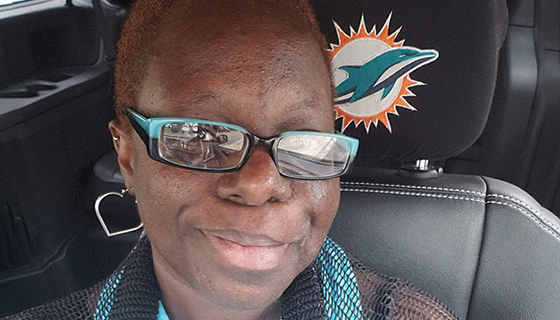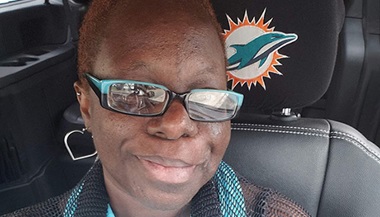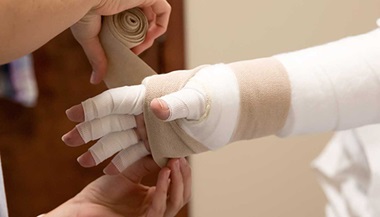Breast Reconstruction Options If You Have Lymphedema
Featured Expert:
Your body has faced a lot of challenges. You have been treated for breast cancer, which probably included a mastectomy and other treatments such as chemotherapy or radiation therapy. And the mastectomy may have led to lymphedema, a swelling of the lymph vessels. As a result, you may have a swollen arm.
If you were considering breast reconstruction as part of your recovery, but lymphedema is now a concern, there are several options to consider. Michele Manahan, professor of plastic and reconstructive surgery, answers questions about innovations in reconstruction from breast cancer treatment that also address lymphedema.
What are the treatment options for lymphedema?
The first step in treating lymphedema is compression and elevation, but based on your symptoms your doctor may recommend surgical options. Talk to your doctor about your specific symptoms so that he or she can create a treatment plan that best fits your needs.
Could you explain the new options for women who have had cancer and now suffer from lymphedema?
The good news is that you can now treat your lymphedema and reconstruct your breast(s) at the same time.
Total breast autologous reconstruction (TBAR) is a technique where a surgeon uses your own body tissue, usually from your abdominal wall (the “donor site”), to reconstruct a new breast. The transferred tissue includes some of your own lymph nodes from your abdominal wall. When moved to your breast, these lymph nodes will help drain lymph fluid and treat lymphedema caused by a mastectomy. In the operating room, the surgeon will confirm that these lymph nodes do not drain lymphatic fluid to your legs, which could cause lymphedema of the legs. There are also other options for breast reconstruction to discuss with a plastic surgeon.
Who makes a good candidate for the TBAR procedure?
Because the procedure includes breast reconstruction with your own tissue, good candidates have not previously had this type of reconstruction. Patients who have previously had no reconstruction, failed reconstruction or had implant-based reconstruction may be able to consider converting to this type of reconstruction to help treat lymphedema.
What is the downtime after surgery?
You can expect to stay in the hospital for a few days following this type of surgery. When you go home, you will likely feel like engaging in most activities of daily living, but we recommend you avoid strenuous activity for two to three months following the surgery. You may feel more tired and sore for several weeks after the procedure.
Is TBAR covered by insurance?
Usually, yes.
Do other surgical treatments for lymphedema exist?
Some patients may be better candidates for other types of surgeries to try to treat lymphedema. These often involve outpatient surgery. Options include:
- Using a microscope and several small incisions in the arm with lymphedema to connect small veins to lymphatic vessels to help reroute the lymphatic fluid.
- Using liposuction to perform minimally invasive tissue extraction of fatty tissue that has accumulated in the arms and legs.







